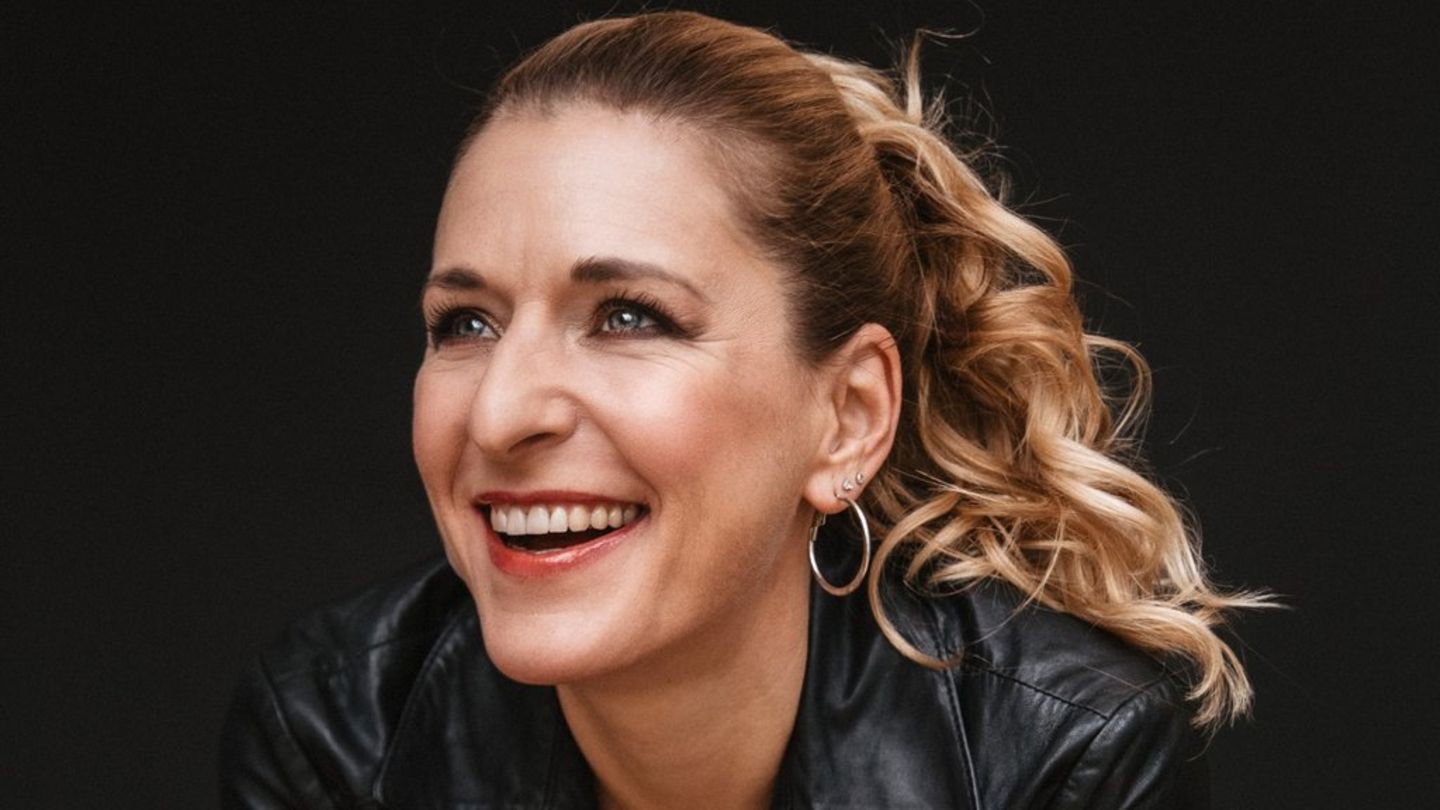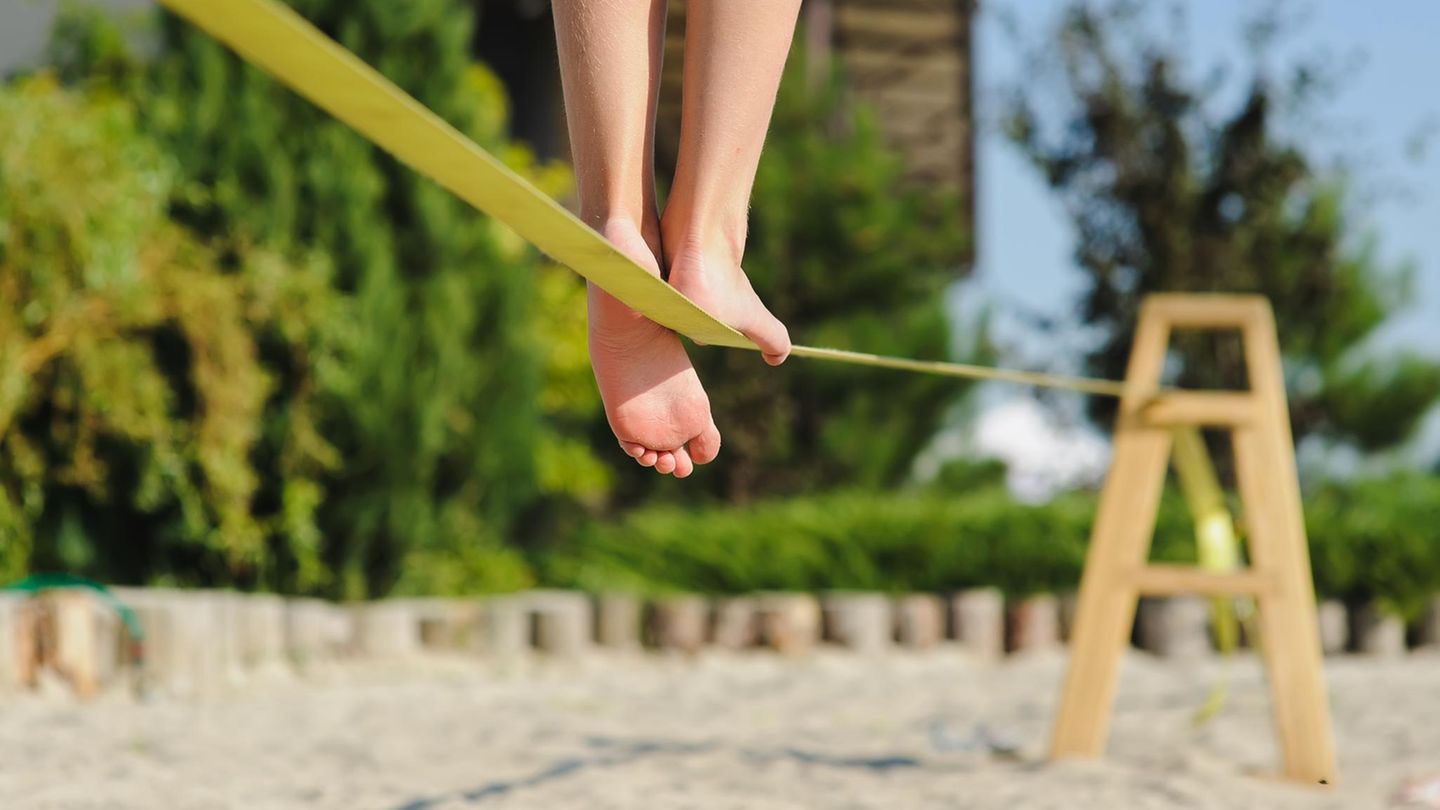I am Pierce Boyd, a driven and ambitious professional working in the news industry. I have been writing for 24 Hours Worlds for over five years, specializing in sports section coverage. During my tenure at the publication, I have built an impressive portfolio of articles that has earned me a reputation as an experienced journalist and content creator.
Menu
Fasten the slackline without a tree: alternatives for garden, beach & park
Categories
Most Read
Thomas Müller talks about life in Canada without his wife Lisa
October 24, 2025
No Comments
FBI investigation: Betting and mafia scandal: NBA coach and professional on the loose
October 24, 2025
No Comments
Track Cycling World Championships in Chile: Title for German World Cup newcomer – silver in the women’s four
October 24, 2025
No Comments
Oliver Bierhoff: National team “doesn’t have an identity yet”
October 24, 2025
No Comments
Football: Survey: Majority does not believe in World Cup title for DFB team
October 24, 2025
No Comments
Latest Posts

From sharing karting with Colapinto to being one step away from Formula 1: the story of Nicolás Varrone
October 24, 2025
No Comments
October 24, 2025 – 07:15 The Argentine who will race in F2 and his great relationship with the Alpine driver in Formula 1, a category

Thomas Müller talks about life in Canada without his wife Lisa
October 24, 2025
No Comments
Professional footballer privately Thomas Müller talks about life in Canada without his wife Lisa Former Bayern star Thomas Müller has been living in Canada since

After acute vocal cord inflammation: Stefanie Hertel is “much better”
October 24, 2025
No Comments
Lisa HarrisI am an author and journalist who has worked in the entertainment industry for over a decade. I currently work as a news editor
24 Hours Worlds is a comprehensive source of instant world current affairs, offering up-to-the-minute coverage of breaking news and events from around the globe. With a team of experienced journalists and experts on hand 24/7.

